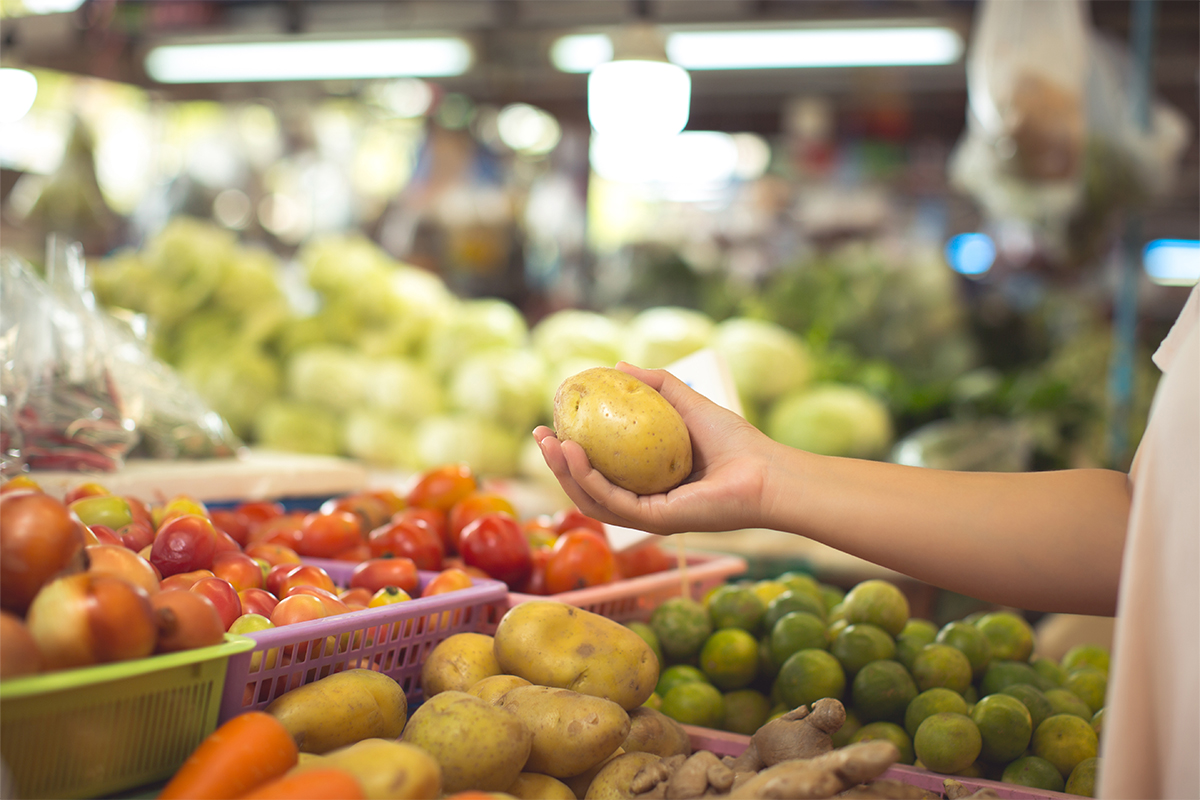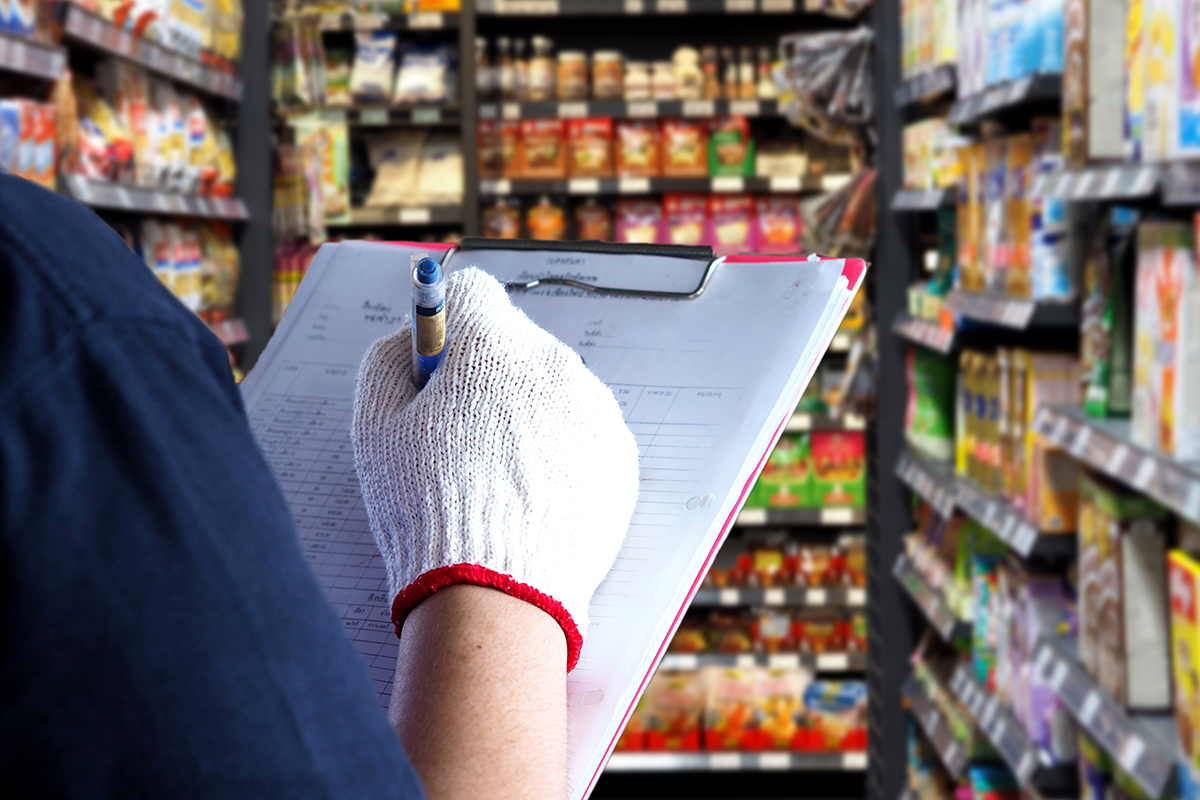Food is a fundamental requirement, and it is the major source of energy, growth, and nutrition. Food fraud can occur at any stage of the food chain, and it is a serious risk to public health. It has become a very profitable illicit industry to sell false food all over the world.
This Fraud involves food safety, food quality, and food defense risks. The adulterants in the food pose several health hazards, including health diseases and weakening of the immune system even casualty.
Food fraud is a serious food risk that has existed for a long time, particularly since it is more prevalent after industrialization and urbanization, the festive season and the increasing food crisis causes increased food fraud.
Loopholes of Food
Food fraud is an economic issue that underlines the food safety issue. There are opportunities at each stage for fraud to take place, whether it is substituting lower-quality ingredients during manufacturing, mislabelling packages, or issues further down the line.
The ease of committing fraud depends on factors like the makeup of the food itself and how easily deception can be hidden. More complex foods or those with distinct physical properties may be harder to adulterate without detection. Lack of proper controls and oversight at various stages also creates opportunities for fraud, as it allows fraudulent activities to go unnoticed.

How we can control Food Fraud
Implementing robust monitoring systems throughout the entire supply chain is key to reducing the risk of food fraud, as it helps prevent dishonest individuals from exploiting any weak points or lack of oversight at different stages of production and distribution. Need a strong prosecution system or regulations against food fraud. Need regular laboratory testing and verification before marketing

Soft Targets for Food Fraud in our Regular Lifestyle
Milk: In dairy and dairy products, milk is the most common target for adulteration, in which melamine is added to increase the protein content of the milk. The easiest method of fraud in milk is the addition of water. If the water is contaminated, it can create biological and chemical hazards. In milk products, some of the major adulterants that have serious adverse health effects are urea, formalin, detergents, ammonium sulfate, boric acid, caustic soda, benzoic acid, salicylic acid, hydrogen peroxide, and sugars.
Oil: The adulterations aim to increase profits by replacing authentic oils with cheaper substitutes. This misleads consumers and can impact health. Strict quality testing is needed to prevent such economic adulteration in key edible oils. Here are some adulterations that are present in the oil we consume:
- Mustard oil – Adulterated with argemone, palm, and castor oils.
- Olive oil – Substituted or diluted with soybean, sunflower, and palm oils.
- Butter – Stretched with potato or vegetable oils.
- Coconut oil – May contain similar types of fat or liquid paraffin, and vegetable oils.
- Sunflower oil – Mixed with palm, castor, and mineral oils, argemone, etc.
Honey: The honeybees have possible adulterants during honey production by feeding different sugary syrups. Fraud in honey is found in many forms the additional sugary syrups such as corn syrup, inulin, and rice syrup added with high fructose content. These sugar syrups increase volume and profit. This misleads consumers who pay premium prices thinking they are buying pure natural honey.
Product | Adulteration | Harmful Effect |
Meat And Poultry Products | Chicken in pork sausage, other meats, and Starch | Poisoning, Allergies |
Spices | Talc powder, Artificial color and Dyes, Dried tomato skin, Sudan dyes, Mineral oil, Papaya seed, Metanil yellow | Irritation, Respiratory issues |
Baby Food | Excessive sugar and salt | Hinder growth and development |
Tea | Senna, Eucalyptus leaves, Iron fillings | Increases toxicity, Digestive problems |
Coffee | Roasted cereals, Carob Seeds, Chicory | Cause allergic reactions |
Salt | Chemicals Such as silica, Calcium carbonate, (Chalk powder) Substitution | Raise blood pressure and heart risks. Stomach Issues |
Fruit Juice | Sugary Syrups, Water, Artificial enhancement. | Reduce Nutritional values, Carcinogenic, effect on reproductive tracts. |
Processed food/ Artificial Sweeteners | Preservatives, High amounts of Benzoate, Sorbates, Citric Acid, Sulphur dioxide | Increases hyperactivity in children |
Wine | Adulterated with methanol, antifreeze, sugar | Toxic and deadly effects |
Food Regulations
The Food Safety and Standards Act, 2006 – This is the main law governing food safety in India. It aims to establish standards for articles of food and regulate their manufacture, storage, distribution, sale, and import.
- Prohibition of Misbranded Foods – Food products cannot have false or misleading labels concerning ingredients, nutritional information, origin, etc. Manufacturers can be penalized for misbranding.
- Prohibition of Adulterated Foods – The addition of any extraneous substance to make food articles substandard is prohibited. Strict norms are specified for articles like edible oils, milk, etc. to check for adulteration.
- Licensing and Registration of Food Businesses – All food companies must be licensed/registered with FSSAI. Their products and premises are subject to inspection.
- Food Recall Procedures – Manufacturers must initiate the recall of unsafe or misbranded/adulterated products from the market. They need to intimate FSSAI.
- Penalties for Non-compliance – Heavy fines and even imprisonment can be imposed on individuals and companies found violating the FSSAI Act and Standards.
- Traceability Norms – Manufacturers need to maintain proper documentation to enable the tracing of products in case of defects being detected.
- Food Safety Testing Infrastructure – FSSAI oversees a network of labs for analysis of samples to check compliance with quality and safety norms.
FSSAI has established a robust legal framework to check food fraud and adulteration in India through standards, licensing, inspections, recalls, and deterrent penalties.
How to safeguard our food through testing?
Ensuring the safety and quality of our food supply is essential. One significant way food manufacturers can achieve this is through comprehensive testing in approved laboratories. Only accredited labs have the specialized equipment, trained analysts, and validated testing methods necessary to accurately analyse foods for contaminants, pathogens, nutrients, and more. Their certification means consumers and regulators can trust the results. A variety of tests on both raw materials and finished products helps identify any issues early before marketing which protects public health from foodborne outbreaks. Laboratory testing also verifies that foods meet all regulatory standards and label claims. It allows companies to comply with food laws and prevent costly recalls if problems are discovered.

Authors: Aditi Pareek and Sajid Hussain
Reference:

